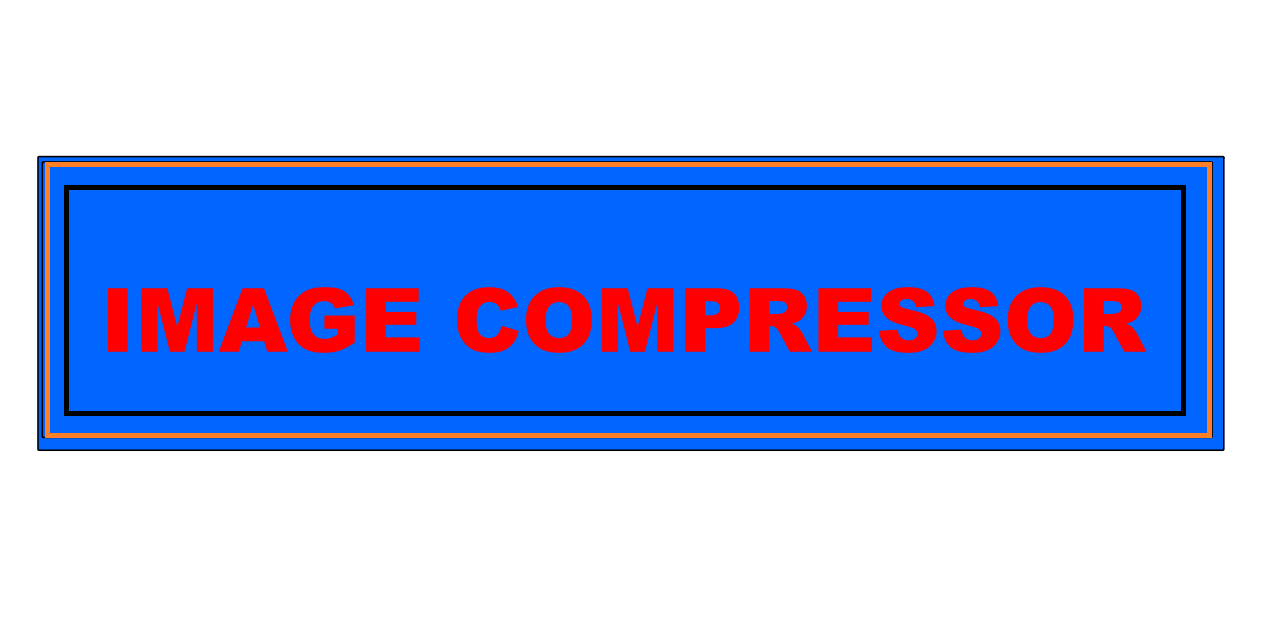Online Image Compressor To 20kb Width And Height.

Easily Convert PNG Images to JPG Format
- Select the PNG image file from your device that you wish to convert to JPG format.
- Click the "Upload Image" button to start the image upload process immediately.
- After the upload is completed, our system will automatically convert your PNG file into a high-quality JPG version.
- To finish, simply hit the "Download JPG Image" button to save your converted file for free — no watermark or hidden charges.
What Are the Benefits of Converting PNG to JPG?
Explore the advantages of transforming PNG images into JPG format
PNG files are excellent for maintaining image clarity and transparency, which is why they are widely used for design elements such as logos and digital graphics. However, they often come with larger file sizes, making them less practical for web usage or storage optimization.
JPG files, on the other hand, offer superior compression capabilities while retaining sufficient visual quality. They load faster on websites, occupy less disk space, and are better suited for sharing on social media or email platforms.
Moreover, JPG images are universally compatible across all major devices, operating systems, and software tools. This makes the JPG format a more versatile and convenient option for general image sharing and archiving.
PNG vs JPG: Which Format Suits Your Needs Best?
Understand the core differences between PNG and JPG file types
Choosing between PNG and JPG depends largely on your intended use:
PNG (Portable Network Graphics): Ideal for high-definition images, graphic design projects, and scenarios where transparency or fine detail is essential. PNG is perfect for visuals that demand clarity and accuracy.
JPG (Joint Photographic Experts Group): Perfect for photos and colorful visuals where file size reduction is a priority. JPG uses lossy compression, meaning smaller files with good visual fidelity — excellent for online uploads and storage.
If you seek a balance between quality and efficiency, converting PNG files to JPG format can be the ideal solution.
Quick and Free PNG to JPG Conversion Options
There are multiple ways to perform PNG to JPG conversion with ease. Free online tools like Convertio, Smallpdf, or Adobe Express allow users to upload images and convert them in just a few seconds.
You can also use desktop software such as Microsoft Paint, Adobe Photoshop, or GIMP. These programs offer greater control over image settings including resolution, brightness, and compression before saving the file in JPG format.
No matter which method you choose, the process is user-friendly, cost-free, and effective in optimizing your image storage and usage.
Tips for Preserving Image Quality During Conversion
Best practices to retain image quality while converting formats
JPG's lossy compression might reduce image sharpness if not managed properly. Opt for tools that allow you to customize compression levels or quality settings during the conversion process.
Maintaining an original backup in PNG format is a smart idea, especially for professional projects where visual accuracy is critical. This ensures you always have a high-quality version to fall back on.
Choose trusted converters or editing software that prioritize image quality, offering results that look sharp and professional despite reduced file sizes.
Popular Methods to Convert PNG to JPG
Depending on your needs, there are several effective approaches to convert your PNG files to JPG:
- Online Tools: Use platforms like Convertio, TinyPNG, or Adobe Express for quick web-based conversions with minimal effort.
- Graphic Editing Software: Applications such as Adobe Photoshop or GIMP offer detailed customization and batch conversion options.
- Default System Apps: Programs like Paint on Windows or Preview on macOS allow you to open PNG files and export them as JPG instantly.
- Mobile Applications: Android and iOS users can access various free apps to convert images on the go, offering convenience and flexibility.
Each method caters to different needs — whether it’s speed, quality, or editing capabilities — so choose the one that matches your workflow preferences.
Safe and Reliable PNG to JPG Conversion
Security is a critical factor during any file conversion process. Always use trusted platforms that encrypt data and ensure your files are deleted after processing to protect your privacy.
Avoid lesser-known websites that might misuse your uploads or store files without consent. Stick with secure tools that offer transparency and respect for user data.
By prioritizing safety, you can convert your images without worries, ensuring both quality and confidentiality throughout the process.
Conclusion: Making the Right Choice for Your Images
Whether you're optimizing your images for faster website performance or reducing storage space on your device, converting PNG to JPG is an effective solution.
JPG files offer excellent versatility, ease of sharing, and broad compatibility — making them an ideal format for everyday use.
Take advantage of the various tools available today and enjoy seamless, secure, and high-quality image conversion — all without spending a dime.